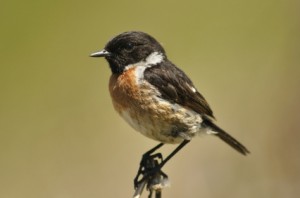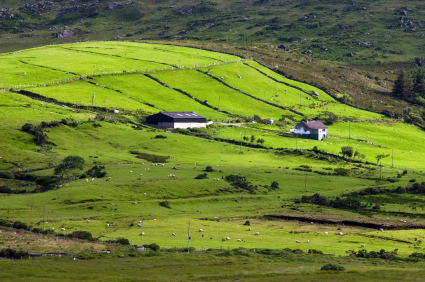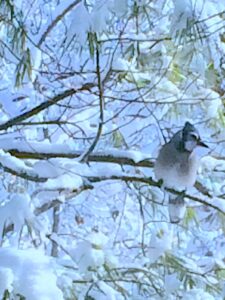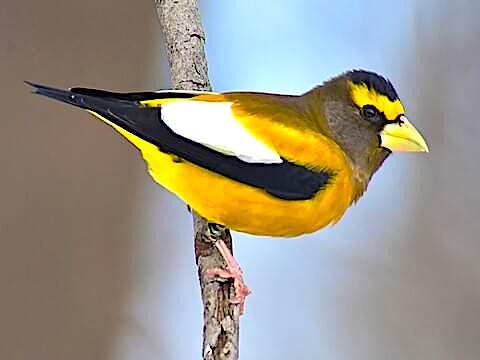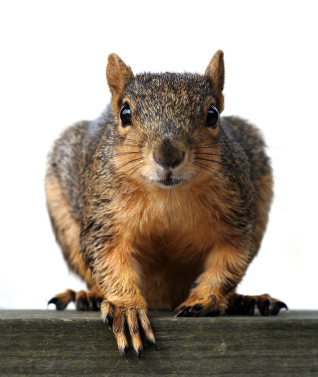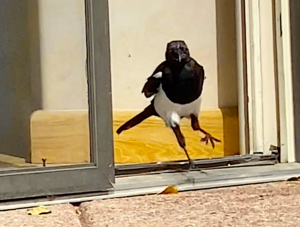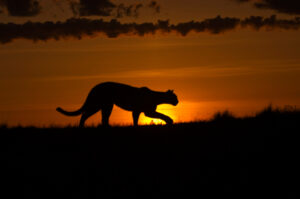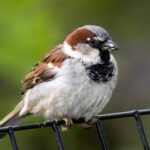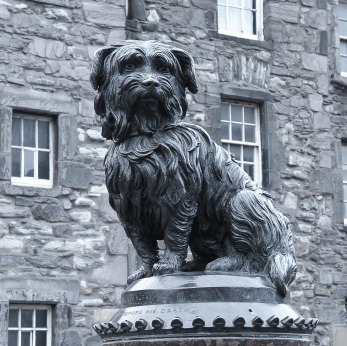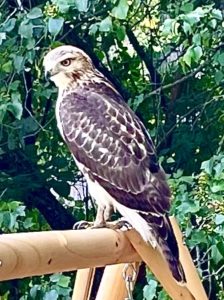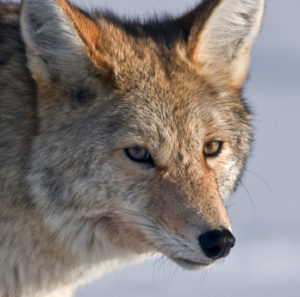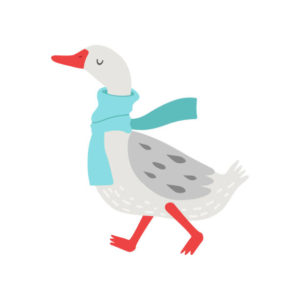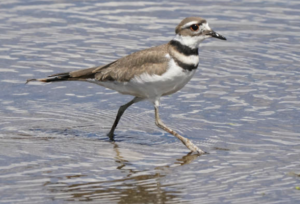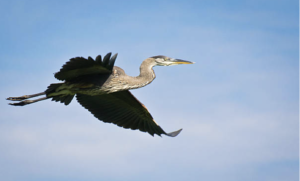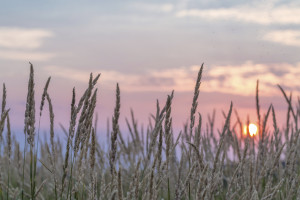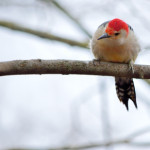We’d seen Cattle Egrets plenty, mostly on road trips through American farm country. Mainland American farm country.
These are cool birds but don’t give you a jolt. Like a Painted Bunting might, or a Pileated Woodpecker. They’re not as exciting as Bald Eagles or ghoulishly interesting as Black Vultures crowding a roadkill.
But wait. What if you see a Cattle Egret—bunches of them, not on mainland pastures but in the middle of the Pacific. Like, say, Hawaii?
Well, a two-fisted birdwatcher we know just returned from spending summer on a remote Hawaiian island. Kauaʻi, maybe? We didn’t catch the name and wouldn’t have known it if we had. But what we did catch was his report about making buddies with Cattle Egrets.
Yeah, as he moved his bovines around the land, he became friendly with these gawky, graceful and friendly birds, Cattle Egrets are of course simply egrets. Long legs, all that. Some cool and distinctive coloration, too. But they’re not fixated on hanging around water. They like cattle. And what’s weirder is that they made their way to Hawaii!
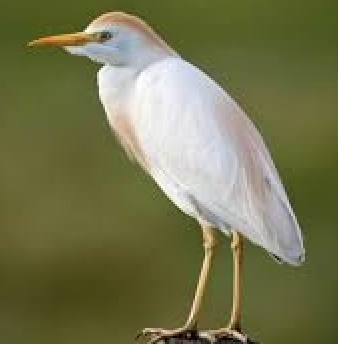
These birds are believed to have prospered in ideal stretches of African savannah and wildlands where they could follow big ungulates and eat the bugs these creature attracted and stirred up.
Somehow, Cattle Egrets spread around the world within the last 200 years or so! They’re pretty much everywhere now. We’ve seen ’em in America of course, but it blows our minds to think they’re also doing well on Pacific islands! Aloha, big guys.
Yes, Hawaii has more than surfers, luaus, hula dances, drums to bang and poi to eat (whatever that is). It’s got cattle farms. It’s got cows. And somehow, across oceans of ocean…it’s also got Cattle Egrets. We have this on good authority from a dude named Evan who spent summer cowboying out there on the open range–or rather the tropical isles. And he had pardners in the form of Cattle Egrets.
As they said in Jurassic Park, “Life finds a way.”
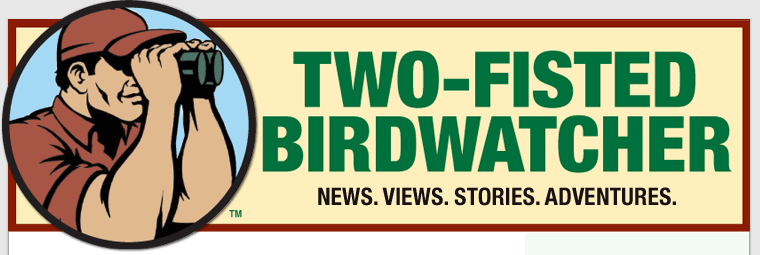
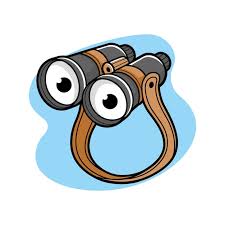
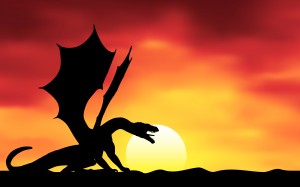
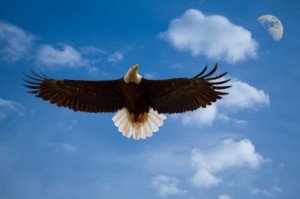 Sometimes science fiction fans are believed to be a little nerdy. An unfair image problem. Actually, they’re generally bright and interesting.
Sometimes science fiction fans are believed to be a little nerdy. An unfair image problem. Actually, they’re generally bright and interesting.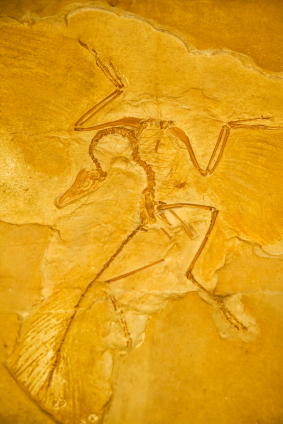
 Apparently the country of Monaco thought so much of this awesomely titled painting that they put it on one of their postage stamps. You saw it recently, and it stopped you cold.
Apparently the country of Monaco thought so much of this awesomely titled painting that they put it on one of their postage stamps. You saw it recently, and it stopped you cold.